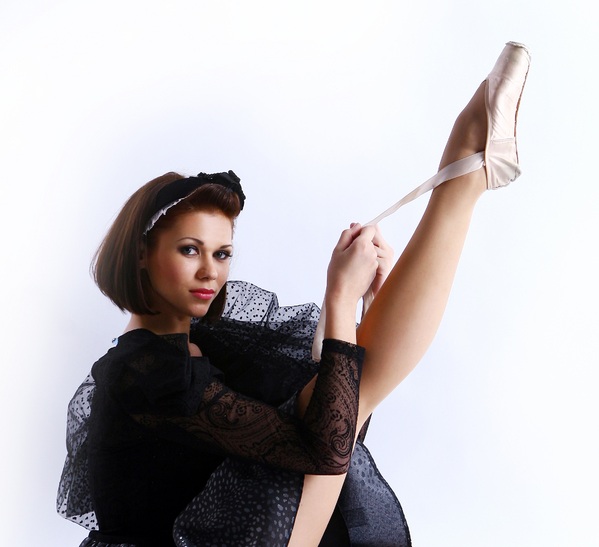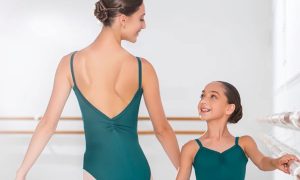How dance is shaping fashion
By Rebecca Martin.
It would appear that dance is centre stage in the fashion world and is dominating the catwalks . The New York Times proclaimed that the look currently dominating women’s high fashion is a long stretch of leg, ankle boots, and a new posture. According to the publication, fashion has replaced the “truckdriver” look of knee high boots with the “showgirl” style of ankle boots and elegance. As with any major fashion shift, with the change of style comes a change in posture, and on this occasion, fashionistas everywhere can be seen posing with crossed legs to emulate a dancer en pointe.
The seduction of dance and fashion continues to grow, with every type of dance becoming intertwined with clothing and style, and dancers are now influencing fashion in ways never seen before. From music video clips to opulent theater stages, dance defines what we wear, and just as often, what we wear influences how we dance. Dancers have been at the forefront of fashion since Marie Taglioni tossed her heels and replaced them with soft ballet flats. She was also the first person to dance en pointe in La Sylphide back in 1842, instigating the sylph aesthetic which became a popular fashion statement during the period.
Both dance and fashion have come a long way since then, with ballets like In the middle, somewhat elevated, Divergence, and come, been, and gone pushing the limits of costume design and mixing street fashion with the high art of the stage. Last year, The Australian Ballet chose fashion as the theme of its yearly Bodytorque season, and this year has employed the services of Akira Isogawa to design the costumes for Graeme Murphy’s Romeo and Juliet.

The Australian Ballet's Bodytorque 2010 celebrated fashion. Photo B. Gaica
Ballet flats are ubiquitous as street wear, tutus are in department stores, the urban wear of hip hop dancers has become mainstream fare, and burlesque glamor is making its way onto catwalks and into closets. Then of course, we have Black Swan the movie. Rodarte’s costumes impressed dancers and cinema-goers alike, making dance even more fashionable. Lately, we have seen dancers from some of the world’s best ballet companies appearing between the pages of glossy fashion magazines and emerging as film stars.
Global fashion house Hermes has taken cues from ballet for recent collections, Chloe has utilized dancers to showcase its lines, and of course Dali, Picasso, Chanel, Matisse, Prada, Alexander McQueen and Valentino have collaborated with dancers for street wear and costumes alike.
There are challenges for designers when making the leap from couture or street wear to the stage. Costumes must be heavy duty in order to counteract potential wear and tear from performing while maintaining the ability to move easily and remain lightweight. There is also the additional challenge of bright lights, sweat and make up, not to mention, that the costume needs to be impressive even to the patron in the back row of the balcony.
Designers and photographers want to work with dancers because they can perform on demand, have more grace, balance and flexibility, and photo shoots are able to explore more daring visions, with dancers being stronger and more fearless than most models. For those models not trained in dance, many agencies are sending them to movement classes because the demand is for the range, scope, and elegance that trained dancers provide. Dancers have an extraordinary knowledge of their own bodies and they know what looks good. It is no wonder many fashion professionals prefer to work with dancers than models!
Watch this video to see New York City Ballet’s Justin Peck and Janie Taylor model Chloe for a magazine photo and video shoot.
Choreography (c) Justin Peck, 2011.
Cinematography (c) Bon Duke, 2011.
Dance Informa/Dance News International takes no responsibility for the content of any videos viewed through youTube.















